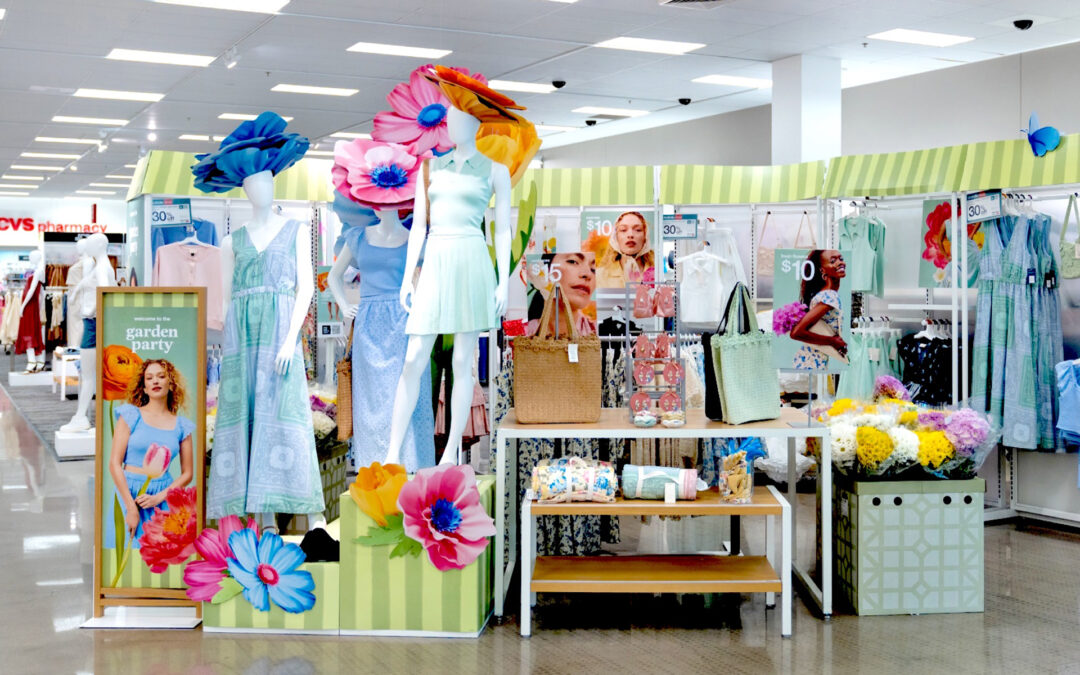After a surge of early holiday shopping during a promotion-filled October, November retail sales slipped month over month but still saw solid year-over-year gains, the National Retail Federation announced.
NRF’s calculation of retail sales, based on United States Census Bureau research excluding automobile dealers, gasoline stations and restaurants, had November down 0.4% from October but up 5.6% unadjusted year over year. In October, sales were up 0.6% month over month and 6.2% year over year.
The Census Bureau today said overall retail sales in November were down 0.6% from October but up 6.5% year over year versus increases of 1.3% month over month and 8.3% year over year in October.
NRF’s numbers were up 6.5% unadjusted year over year on a three-month moving average as of November, and up 7.2% year over year for the first 11 months of 2022.
November accounts for the first half of the holiday season, as NRF defines it. The results are on track with NRF’s forecast that 2022 holiday sales will grow between 6% and 8% versus 2021. Even at the low end of its forecast of between $942.6 billion and $960.4 billion, such holiday sales would top last year’s record of $889.3 billion, according to NRF.
Specifics from key channels include:
- General merchandise stores were down 0.1% month over month seasonally adjusted but up 3.2% unadjusted year over year.
- Building materials and garden supply stores were down 2.5% month over month seasonally adjusted but up 3.7% unadjusted year over year.
- Furniture and home furnishings stores were down 2.6% month over month seasonally adjusted and 3.3% unadjusted year over year.
- Electronics and appliance stores were down 1.5% month over month seasonally adjusted and 5.6% unadjusted year over year.
- Health and personal care stores were up 0.7% month over month seasonally adjusted and 4.3% unadjusted year over year.
- Grocery and beverage stores were up 0.8% month over month seasonally adjusted and 8.8% unadjusted year over year.
- Sporting goods stores were down 0.6% month over month seasonally adjusted but up 3.5% unadjusted year over year.
- Clothing and clothing accessory stores were down 0.2% month over month seasonally adjusted but up 1.7% unadjusted year over year.
- Online and other non-store sales were down 0.9% month over month seasonally adjusted but up 7.7% unadjusted year over year.
“Consumers continued to spend on household priorities and holiday gifts for loved ones this November despite continued inflation and rising interest rates,” NRF President and CEO Matthew Shay said in announcing the sales numbers. “Holiday shoppers are demonstrating resilience, and retailers are providing great products and experiences at the right price levels to help stretch household budgets. Consumers have been shifting back to in-store shopping for a more traditional holiday shopping experience, and we expect record participation for this year’s Super Saturday shopping weekend.”
NRF chief economist Jack Kleinhenz said, “While job and wage gains and built-up pandemic-era savings supported holiday shoppers in November, shoppers were squeezed by inflation and higher interest rates. This was the first leg of the official holiday season and had a large hurdle to overcome with monthly comparisons because of early shopping in October, but the consumer remains surprisingly resilient. The healthy year-over-year comparison is more important and clearly shows that the economy is not in a recession. Spending is on track to meet our expectations for a solid holiday season.”





